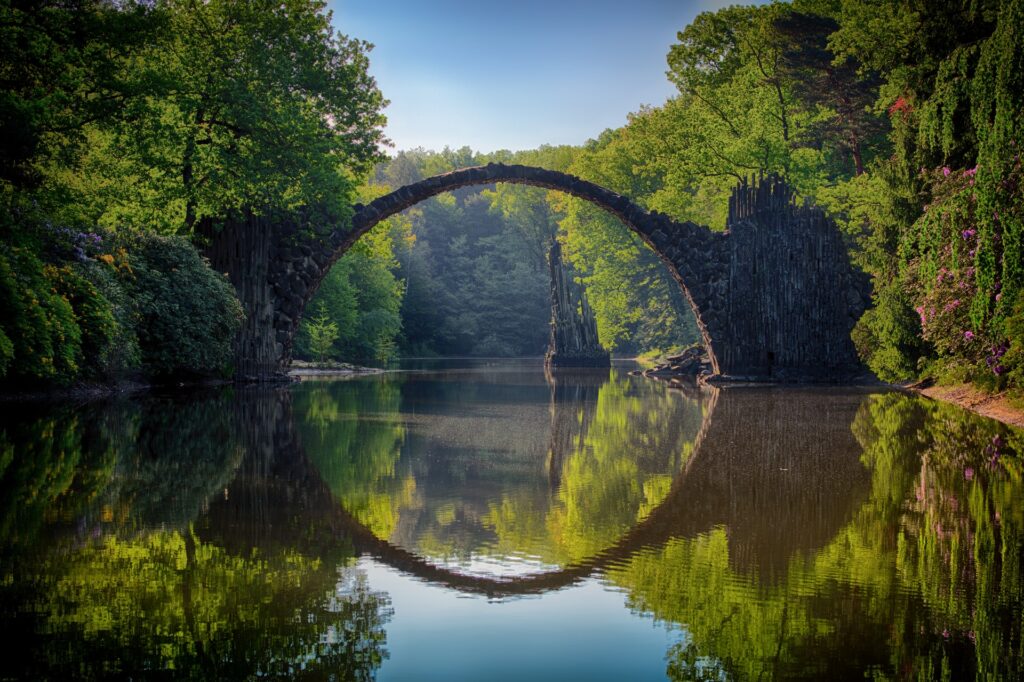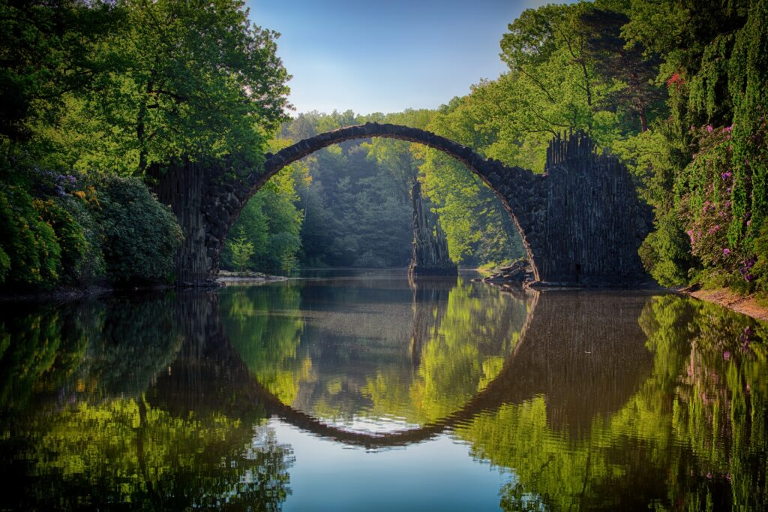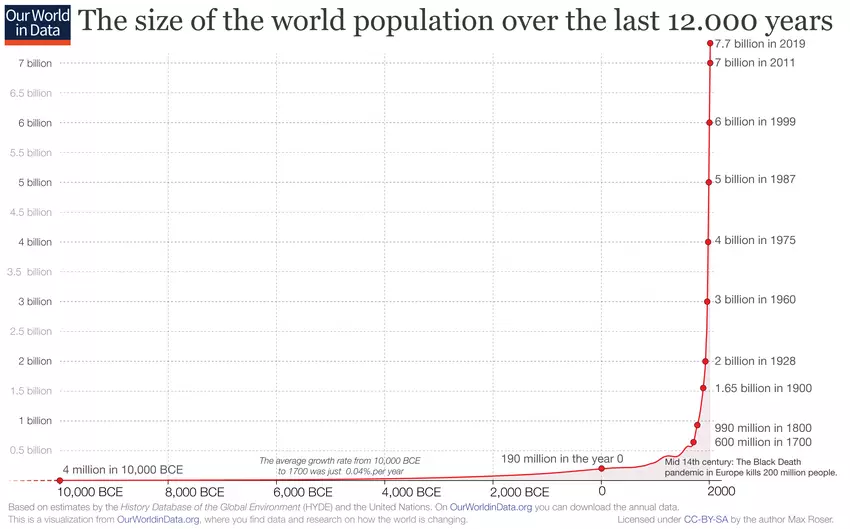This past week I came across an essay by two Christian writers, John Stonestreet and Kasey Leander, both from the Colson Center for Christian Worldview. Their essay, “A Gaian Interpretation of COVID and the World,” which I read on Christianheadlines.com, was fascinating, both because of their engagement with environmental issues—there seemed to be some common ground there (with them noting that “of course, we all agree that people shouldn’t dump chemicals in rivers or otherwise pollute the planet”)—but also a lot of assumptions and misinterpretations of who and what a Gaian is. Granted, Gaianism is a term that has a longer life than our Gaian community—often as a bogeyman of Christians: a generic term for spiritually-oriented environmentalists (and possibly in this case too)—but it feels worthwhile to dissect and explore their words and respond where appropriate.

Perhaps a more accurate title: “A Conservative Christian Interpretation of Gaianism“ (Screenshot from Christianheadlines.com)
On Gaia
Stonestreet and Leander (S&L from now on) start with a lead discussing Lovelock’s Guardian article titled “Beware: Gaia may destroy humans before we destroy the Earth.” In this essay, Lovelock argued that “my fellow humans must learn to live in partnership with the Earth, otherwise the rest of creation will, as part of Gaia, unconsciously move the Earth to a new state in which humans may no longer be welcome. The virus, Covid-19, may well have been one negative feedback. Gaia will try harder next time with something even nastier.”1
S&L raise the fair point that Lovelock was not clear on whether he was being metaphorical or literal with regard to Gaia trying harder to make humans unwelcome. But knowing his work, Lovelock was most certainly being metaphorical. Neither he, nor Gaians in general, think that Gaia is a conscious being—like the planetary being in the film Avatar. (Note specifically Lovelock’s use of “unconsciously.”) Instead, Gaia is a holobiont—a being made up of various interdependent species—just like a human—and these species have, over billions of years worked together to keep the planet livable, even as the sun has warmed 40 percent.
That’s not to say it’s all kumbaya: there have been species in the past (like cyanobacteria) that have caused a mini-apocalypse, or what scientists call the Great Oxygenation event. Good for us (being oxygen breathers), but bad for the many species wiped out by that geochemical shift. Humans seem to be doing the opposite now: consciously or unconsciously bringing about the Great Carbonification Event2—which will be bad for countless species, including us.3
By noting that Gaia may send us something worse next time, Lovelock really means our species—overpopulated, crowded, and globally mobile as it is—will bring about worse pandemics in the future (especially as we overuse and poorly regulate antibiotics with our overly abundant livestock populations). And if continue to spew carbon, we will also surely be plagued by more frequent and more intense unnatural disasters.4 But that’s not Gaia being wrathful. In fact, Gaia doesn’t much care about us. Gaia is a living system—of which we are part and on which we are utterly dependent. Hurricanes are simply Gaia’s mechanism to redistribute heat. Humans are adding heat to the system and thus Gaia must adjust. If that affects humans (in large part because of our numbers and how we’ve settled our populations) then that is not Gaia’s fault, but humans.
On the realm of the magical
S&L bring up a bunch of beliefs and practices: magic, panpsychism, astrology, and fold it all together. Many people do practice these—pagans, druids, I even know some Christians who believe in astrology—but these are not Gaian practices. They also pooh-pooh meditation, mocking neuroscientist and philosopher Sam Harris, and his meditation practices, which help him transcend his “illusion of self.” I could spend an essay simply responding to this: meditation is a practice backed by science and with at least 2600 years of history demonstrating its effectiveness on increasing compassion, mindfulness, calm, pain relief, even—for the very skilled—the ability to control bodily processes out of the typical person’s control. The proof is in the pudding, but more so, in this turbulent time—when Gaia is rapidly changing and we humans who have caused it will feel the pain—meditation is a key practice in both getting perspective and getting through. And if one can transcend the illusion of self—recognizing the larger self Hindus call Atman that we believe is actually the living planet of which we’re part of (i.e. Creation in Christian terms)—then that’s even better.
On Gaianism as anything for anyone
Being a young movement, practitioners come to Gaianism with their own understandings and perspectives. We welcome this, as diversity in cultures is as valuable as diversity in nature.
Nevertheless, Gaianism is becoming increasingly defined. It’s not a free-for-all, as Gaianism does provide a simple core doctrine: Gaia is alive; we are part of and utterly dependent on this living being; and therefore we must (if we accept the first two points) devote ourselves to healing Gaia and our—and more broadly, humanity’s—relationship with Gaia.
Out of this have stemmed key practices in four realms:
- Pedagogical: Learning about Gaia and better understanding our connection and dependence;
- Contemplative: Meditation, fasting, celebrating the wheel of the year, being in nature, and so on;
- Active: Working to heal Gaia and shift humanity’s relationship with Gaia (to be symbiotic rather than parasitic);
- Community: Connecting with fellow Gaians and sharing a Gaian way with others, both where one lives and globally.
While young, Gaianism is both a religion and organized, in contrast to S&L’s proclamation otherwise. We have local groups (or guilds) and twice monthly online gathering for Gaians around the world.
Yes, we are Gaia
There’s a point in the essay where S&L go into a critique that Gaianism makes people feel bad about themselves—seeing ourselves as a plague—and feel frightened of Gaia, who is ‘punishing’ us for being bad. As S&L notes, “There’s no evidence whatsoever that Covid-19 is the Earth’s angry way of punishing us.” That’s right. Gaia’s wrath is very different than God’s wrath. Gaia goes about her business—that is, being alive (how cool is that?)—and adjusts to the changes within and outside of her (e.g. growing solar intensity and asteroid strikes). You could argue we’re like that too. As food comes in, it is processed and used to build our bodies. As light comes in, it builds the plant life that is at the foundation of Gaia.
S&L then go on to state: “therein lies the central way Gaianism fails: It cannot explain humanity. Are we a part of nature, a plague of nature, or something else entirely? If people are just another part of the system, then who’s to say that constructing massive cities, designing virtual worlds, dumping chemicals and sewage into rivers, or chopping down trees is wrong? In fact, wouldn’t these things simply be natural selection working towards its logical end? If everything is Gaia, aren’t we Gaia too?”
We are Gaia. That’s exactly right. And that’s the beauty and mystery—one recognized and deeply understood by Indigenous peoples for thousands of years. But somehow, in our exuberant expansion, in our discovery of how the world works, in our impassioned “development,” we got wrapped up in growing and building and perhaps not on purpose but nonetheless destroying—whether through war machines, chemical control of nature (think DDT or Roundup), burning fossil fuels, or cutting down forests to replace them with cities for our population, which has gone from two billion to eight billion in just the past century.
By definition, we have become a plague species. But the beauty of humanity is that it doesn’t have to be.
This chart certainly suggests we may be growing like a plague or are at least out of balance with the larger Gaian system on which we depend. (Image from Our World in Data)
Gaianism’s niche
And that’s where Gaianism comes in. Unlike Christianity, where many believe that God will take us away one day and give us a “new Earth” (including the official statement of faith of the Colson Center, who Stonestreet is head of), Gaians understand that this is all we have. One living planet—no magical escape to heaven or the heavens (or even Mars). We are of Gaia, part of Gaia, and return to Gaia when we die, helping to grow the next generation of life—as long as Gaia remains alive and well.
Humans right now are sickening Gaia but have played a role in strengthening Gaia in the past: thickening soils, keeping other species in balance through selective hunting, cultivating healthy ecosystems. And we can do this again. But only with a right understanding of and relationship with the living Earth. We must move beyond thinking that some being (whether God or Elon Musk) will save us and recognize that healing the Earth depends on living in balance with Earth—curbing carbon emissions, reducing consumption (especially of meat, plastics, transportation, large homes, and so on), and living simply.5
Indeed, this is where Jesus’ and Christianity’s teachings are so relevant: living simple lives—one might dare say “impoverished” lives at least when compared to the aspirational American lifestyle—in service to others and to Creation (i.e. Gaia) is an essential part of this transition. And more so: speaking truth to injustices, flipping the moneylenders’ tables and expelling them from the temples (which prosperity-theology-focused Christian sects would be wise to do). Certainly, following Jesus’ wisdom on these two fronts is a commonality Christians and Gaians share.6 As is the love of Creation/Gaia and hopefully the desire to heal and protect it.7

Gaia is sacred, regardless of whether self-created or created by God. And we must live accordingly. (Image by Martin Damboldt via Pexels)
Endnotes
1) Moreover, and more importantly, Lovelock notes the inability for most to comprehend that “The composition of the Earth’s atmosphere and the temperature of the surface is actively maintained and regulated by the biosphere, by life, by what the ancient Greeks used to call Gaia.” Due to the fact that universities teach in a siloed manner (biology, geology, chemistry, etc.) those fighting climate change are often working in parallel (or even at odds) with those trying to conserve, restore, and expand healthy ecosystems.
2) Or maybe the Great Carbonation Event. Coca-Cola Inc. and Pepsi Inc. take note: that could be a great annual climate festival frame for you: The Great Carbonation Event to Stop the Great Carbonation Event. Or not.
3) I am unclear of S&L’s views on climate change (though this article suggests skepticism to say the least). But hopefully they grasp the civilizational threat that climate change is: in its ability to flood cities, trigger massive droughts and famines, to dry up forests, and if left unchecked to leave large swaths of the world uninhabitable by humans. If not, I recommend the book A Climate for Change: Global Warming Facts for Faith-Based Decisions by Christian scientist Katharine Hayhoe.
4) For those not familiar with this term, these are natural disasters like hurricanes, droughts, floods and droughts, made worse by human activities (from burning fossil fuels to paving over wetlands to building on the coasts). And interesting aside: NOAA announced this week that by 2050, sea level will rise one foot along the US coastline, leading “140,000 homes in the US” to be “at risk of “chronic inundation,” or flooding every other week on average.”
5) Though to be clear, this has to happen on the social, political, economic, and cultural levels—with new forms of economic and political design, all being supported by transformed cultural norms and values. Individuals making individual level changes will not be enough (though shouldn’t be disregarded either).
6) I attempted to tackle many of the key points in the essay (without making it too long), but surely wasn’t comprehensive. I invite Stonestreet and Leander to respond and I’d be happy to continue the dialogue.
7) To be fair, we could have a whole discussion of the parallels and differences between Creation and Gaia: the main one being that Gaia is both creator and creation. But I think the common ground is (or I hope it is) that we should help heal and protect, not dominate, the Earth—whether driven by love of God, or our connection to and dependence on this living planet.






